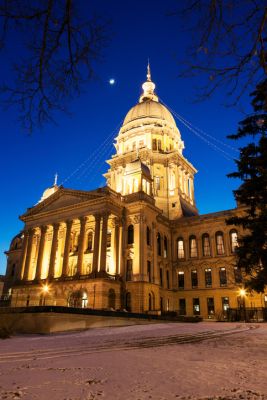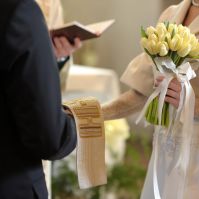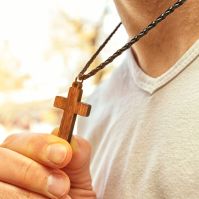 Although there are some 33 cities named Springfield, the one we’re talking about today is in Illinois. This town isn’t the largest populated area called Springfield, but it was home to President Abraham Lincoln. Thousands of tourists visit annually to see the historic sites associated with Lincoln and his political career. However, there are many churches that have historical significance.
Although there are some 33 cities named Springfield, the one we’re talking about today is in Illinois. This town isn’t the largest populated area called Springfield, but it was home to President Abraham Lincoln. Thousands of tourists visit annually to see the historic sites associated with Lincoln and his political career. However, there are many churches that have historical significance.
Illinois was the 21st state. Ostensibly, it was a free state, but many of the settlers from the southern states brought slaves with them. The state had many politicians who believed in freedom, but not everyone in the state supported the war. Cairo, Illinois, was an important supply base for the Union. The state also supplied many soldiers to the north. Still, there was a call for succession in the southern towns of Illinois. This history is important to the religious culture of Springfield. Churches split during the war over the issue of slavery.
Grace Lutheran Church
This church holds a special place in Springfield’s history. A neighbor of Abraham Lincoln organized the congregation. The future president pledged $20 toward construction of the sanctuary. The steeple is made completely of limestone, one of only two in the United States. The stained-glass windows are absolutely stunning. It might have over 175 years of history, but the congregation is still active in the community.
Westminster Presbyterian Church
In 1835, 30 founding members organized as an abolitionist congregation. Several of its early members were participants of the Underground Railroad. They excommunicated a member who was dealing in human beings, even though it was legal to do so. Members of the church believed that it was their duty to help slaves escape, which was against the law at the time. The congregation was openly abolitionist, making it a target until after the Civil War.
Its second church building served as a public fire alarm for Springfield and was used by the Illinois House of Representatives while the capitol building was undergoing construction. The present building was completed in 1906 in the style of rural early English Gothic of the 13th century. This church withstood the turbulent war years to become a vital part of Springfield history.
Zion Missionary Baptist Church
This church, organized in 1838, was the first one in Springfield organized by black people. At the start, worship services were held in parishioners’ homes, led by Rev. John Livingston, the first ordained black minister in Illinois. From 1865 to 1871, it called itself the Emancipation Baptist Church. The current building isn’t especially old; it was built in 1972. Its place in history is well noted, as it was also part of the desegregation movement in the 1960s and 1970s.
Christ Episcopal Church
This church is a newcomer on the church scene in Springfield compared to the others on this list, but it does have a place on the National Register of Historic Places. According to the Illinois State Register this church, built in the Romanesque style, is “one of the most beautiful churches ever built in Springfield.” The congregation was chartered in 1887. In just one year, this building was sponsored by two businessmen in the community as a memorial to their mothers.
First Presbyterian Church
This church, organized in 1828, was part of Mary Lincoln’s family legacy in Springfield. Lincoln and his family attended this church from 1850 to 1861, when Lincoln went to Washington, DC to serve as president of the United States. The current building was constructed in 1868, and it houses the original Lincoln pew. It was also the site of Mrs. Lincoln’s funeral. Today, there are Tiffany stained-glass windows that reflect the history of the church. One features Clara Barton, Abraham Lincoln and Florence Nightingale. Guided tours are available during the summer months. Its history and place in the Springfield community are legendary.



